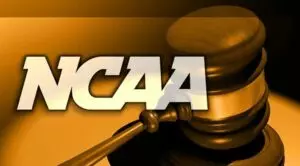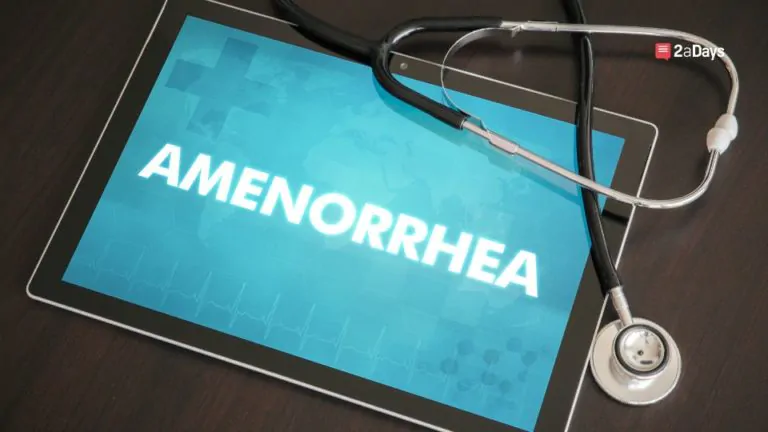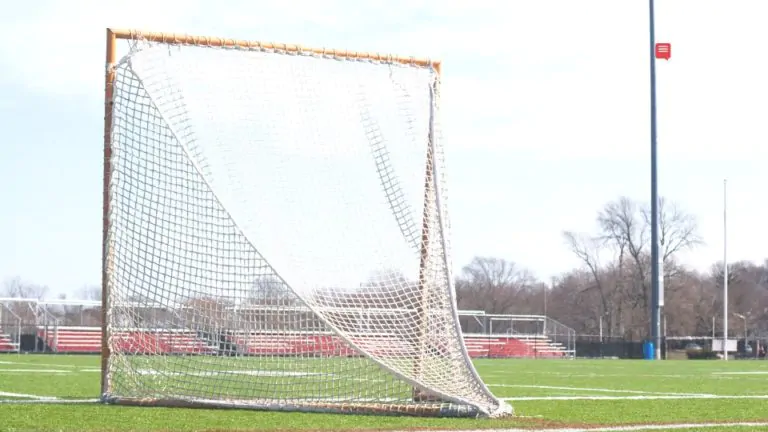Below are the listed transfer eligibility rules for all three NCAA divisions. The final listed piece of information is a guideline set by the NCAA enabling student-athletes the ability to transfer and play right away. Ensuring that the process of transferring is followed correctly based on the division(s) involved, will allow you, as a student-athlete, to have the greatest chance of playing right away.
- Affirmed by registrar or admissions that you were previously enrolled at that school in a minimum full-time load and attended class.
- Attended any practice that the athletics department pronounced, even if the practice took place before the academic term.
- If you are a transfer student from a 2-year or 4-year school, you are not eligible during your first academic year of residence unless you meet the specified academic and residence requirements.
- Before speaking to other NCAA schools about transferring, the school must have permission to contact you before communication can occur.
- To contact another DIII school, you must:
- Have permission from your athletic director.
- Fill out the Permission to Contact: self-release form allowing another DIII school to contact you (form is available on the NCAA website).
- To contact a DI or DII program, you must have permission from your athletic director.
- Registrar or admissions must affirm that you were previously enrolled at that school in any term as a minimum full-time student and attended a class or classes while enrolled as a full-time student.
- Athletic director from your previous school confirms that you attended practice that the athletics department pronounced before the beginning of any term.
- Registrar or admissions from your previous school must confirm that you are officially registered, enrolled as a minimum full-time student, and you were present on the opening day of classes.
- Your previous athletic director must state that you attended practice that any staff member announced before the beginning of any term.
Division I & II
- If you are a transfer student from a 2-year or 4-year school, you are not eligible during your first academic year of residence unless you met the specified academic and residence requirements.
- One-time transfer exception: if you meet ALL of the following criteria, you MAY be eligible to play at your new school:
- You are transferring to a DII or DIII school, or transferring to a DI school in a sport other than baseball, men's or women's basketball, football, or men's hockey
- If you were never recruited by your original school and if you have never received an athletics scholarship, then you may be eligible to play right away
- You are academically and athletically eligible at your previous 4-year school
- NOTE: You no longer need to secure a transfer-release agreement from your previous school
- You are transferring to a DII or DIII school, or transferring to a DI school in a sport other than baseball, men's or women's basketball, football, or men's hockey
Updated on 7/30/19 by Joe Pounders
* Originally published on January 17, 2016, by Bryan Sosoo







